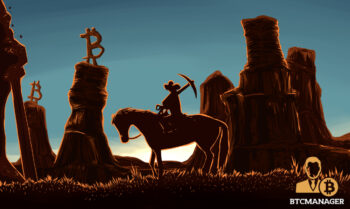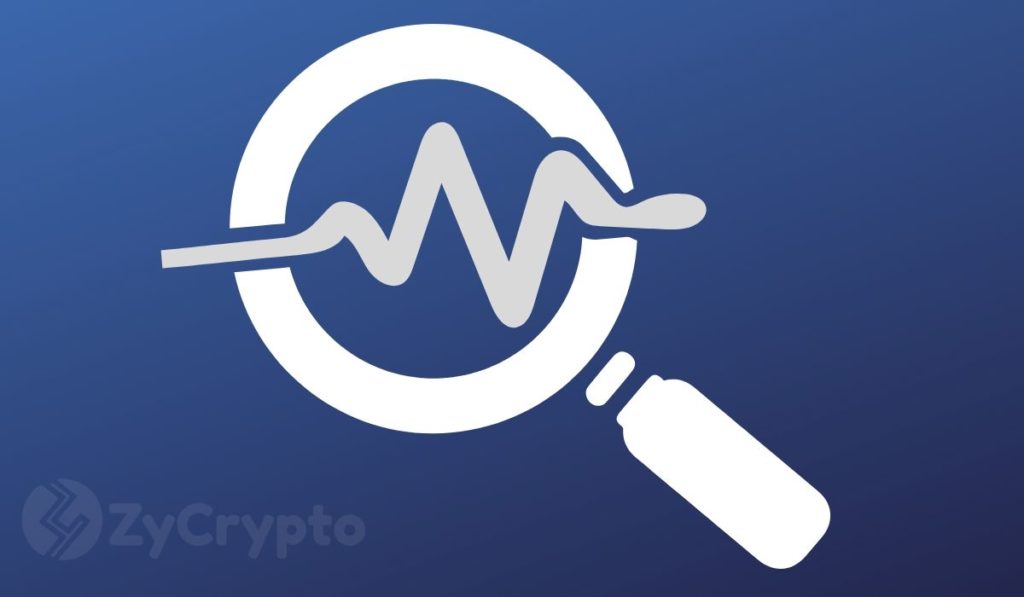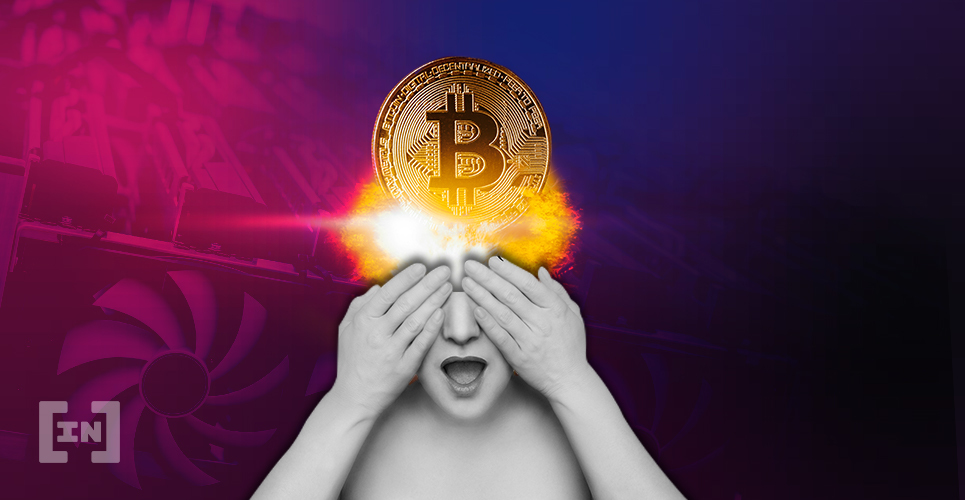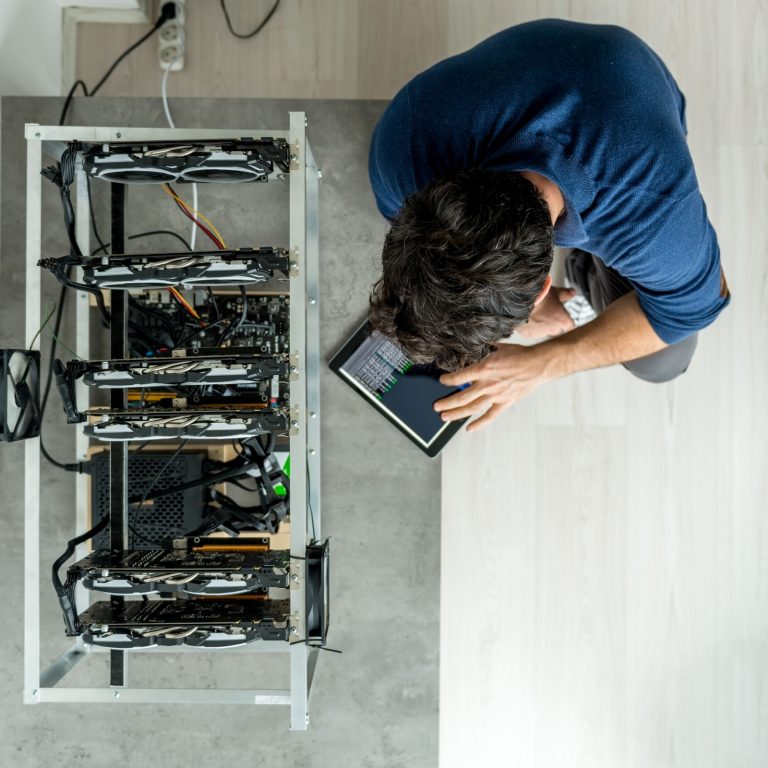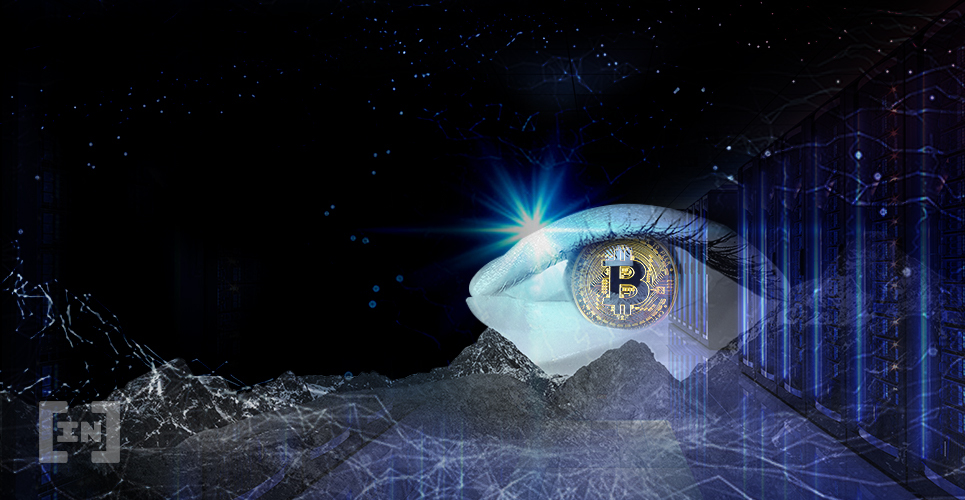
2020-1-13 18:10 |
\n
The upcoming Bitcoin difficulty adjustment is set to be one of the largest increases ever, going up by nearly 9%. Difficulty represents the number of hashes (solutions) necessary to find a solution below a given threshold.
The difficulty adjusts every 2016 blocks based on the difficulty of mining the previous block set. Increasing difficulty indicates that the previous difficulty was too low.
Tuesday's difficulty adjustment will be epic! pic.twitter.com/NZQ0xBppDd
— PlanB (@100trillionUSD) January 12, 2020
Getting Harder, GeniusThe notion of difficulty keeps Bitcoin in check. If block mining were too easy, miners would overproduce. However, if it were too difficult, miners would eventually give up.
The genius behind Satoshi’s design is that Bitcoin’s difficulty can adjust, understanding that the market changes, miner numbers would change, and technology is fluid. The only way to account for all possible variables is through a difficulty adjustment.
The post-adjustment difficulty will sit at 15 trillion. The figure is approximately three times the difficulty from December when Bitcoin hit its year-long low of $3,100. The new figure is also likely related to the 7% decline in difficulty in November.
What About the Bitcoin Price?The figures can explain much of what is happening on the Bitcoin network. Difficulty increases suggest that mining has continued to increase. Taken with the recent hash rate all-time highs, the overall picture shows heavy network activity.
The fact that the number of miners and the overall activity has continued to increase lends itself to stronger adoption. When users participate in the Bitcoin network, the overall number of available coins declines due to demand. A reduction in available coins increases scarcity and leads, ultimately, to higher prices.
However, other factors could be at play. The release of better mining equipment, and the increased use of these machines, could play a role as well. Increased hash numbers from mining equipment would shorten block generation and ultimately drive difficulty up. This would have effectively no impact on the price of BTC.
The increased difficulty could end up causing trouble for miners as the halving approaches. When the reward for each block declines, the cost of generating a block effectively doubles.
The increased difficulty could cause miners to capitulate (sell their stored coins), far more quickly. This would increase supply, and therefore drive prices down.
The post Bitcoin’s Massive Upcoming Difficulty Adjustment (And What It Means) appeared first on BeInCrypto.
origin »Bitcoin (BTC) на Currencies.ru
|
|



